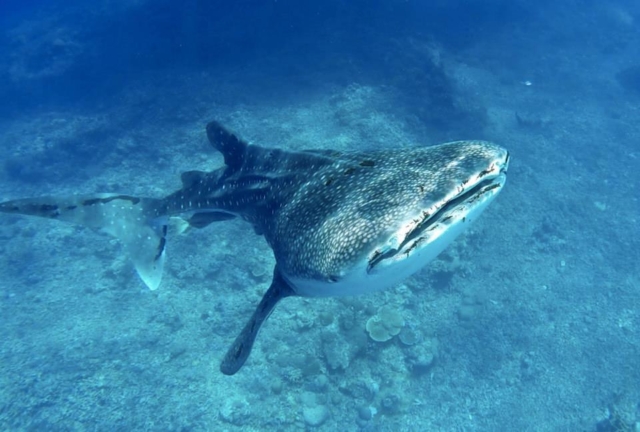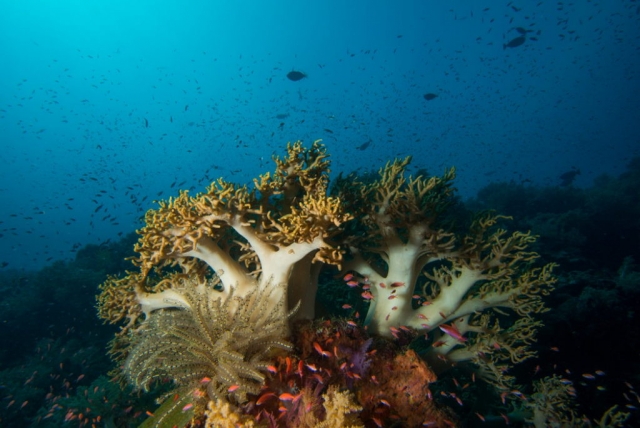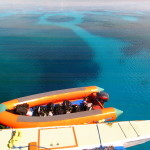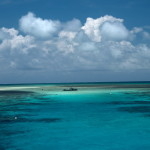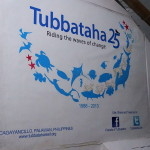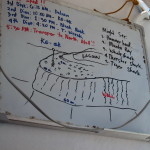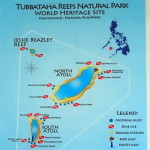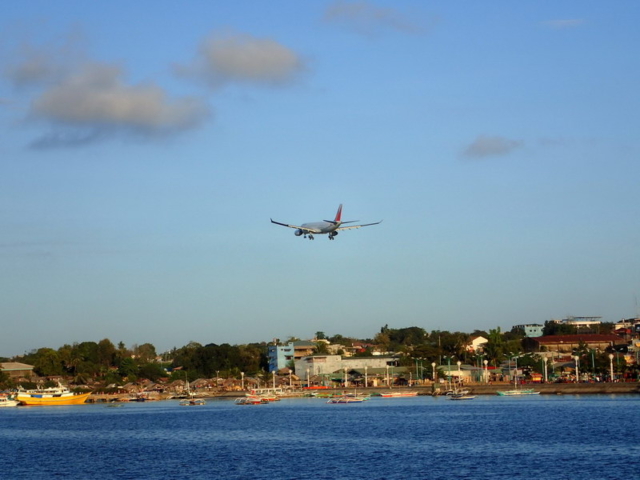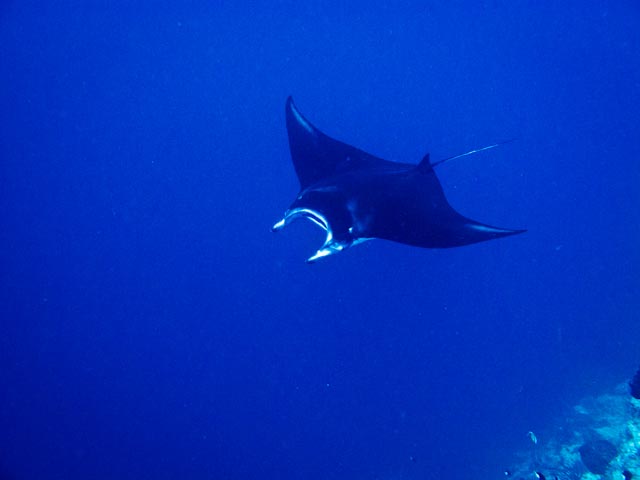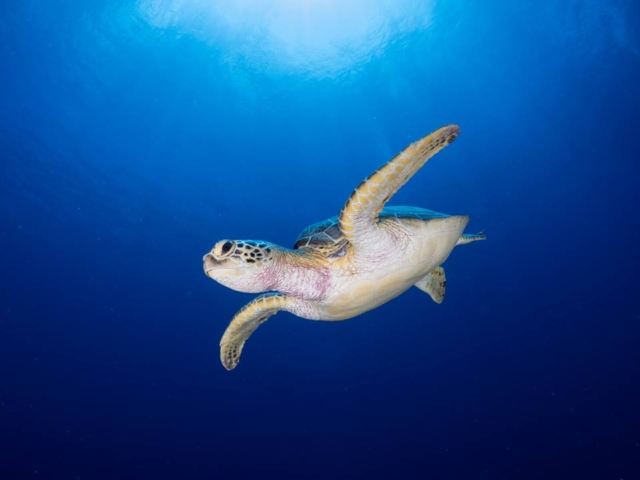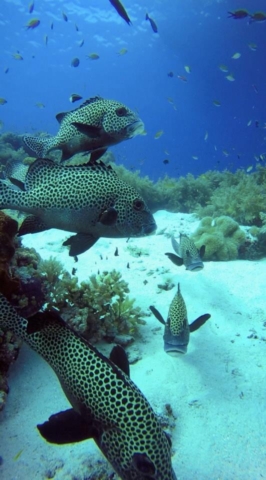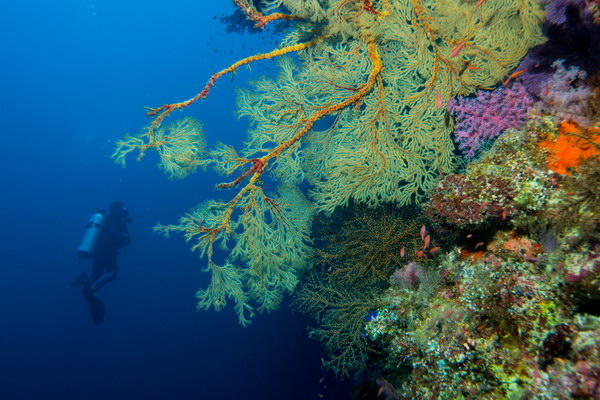About Tubbataha Reefs
ABOUT TUBBATAHA
The Tubbataha Reefs Natural Park is a protected area of the Philippines located in the middle of Sulu Sea. The marine and bird sanctuary consists of two huge atolls (named the North Atoll and South Atoll) and the smaller Jessie Beazley Reef covering a total area of 97,030 hectares (239,800 acres; 374.6 sq mi). In December 1993, the UNESCO declared the Tubbataha Reefs National Park as a World Heritage Site as a unique example of an atoll reef with a very high density of marine species; the North Islet serving as a nesting site for birds and marine turtles. The site is an excellent example of a pristine coral reef with a spectacular 100-m perpendicular wall, extensive lagoons and two coral islands. In 2008, the reef was nominated at the New 7 Wonders of Nature.
GETTING THERE
M/Y Sakura operates out of Puerto Princesa city on the island of Palawan. Puerto Princesa city is accessible from either Manila or Cebu. The following airlines have flights daily:
- Philippine Airlines
- Cebu Pacific
- Air Asia Zest
- Puerto Princesa Flights
- Air Asia
- Philippine Airlines
- Cebu Pacific
- Tiger Air
WHAT TO SEE
Pelagics, these include : Whalesharks , Shark species(13 different species) – we warn you – you might get bored of seeing so many sharks ? Manta rays, Eagle rays, octopus, turtles. We also get large schools of Jacks, Tuna, Barracuda and Sweet lips. This as well as some of the most vibrant hard and soft corals make Tubbataha reef a must see for any avid diver.
DO’S AND DONT’S
- Always check that you are properly weighted and practice your buoyancy control in an area where you cannot damage anything.
- Observe distance. To prevent contact you should stay a safe distance from marine life – brushing against a coral could give you a painful scratch but may kill fragile coral polyps.
- Don’t touch any marine life and avoid wearing gloves – gloved divers tend to touch marine life recklessly.
- Don’t chase, grab or block the path of any free-swimming animal – imagine how you’d feel if a shark were to do that to you!
- Don’t collect anything from within the park/ Even dead corals and shells are home to other marine organisms.
- Take care not to disturb the sand – sediment and sand that land on living corals can smother and kill it.
- Do not leave your trash. Please pick up any litter that you find in or out of the water.
- Take care not to harm any marine creatures whilst you are looking for that perfect shot.

